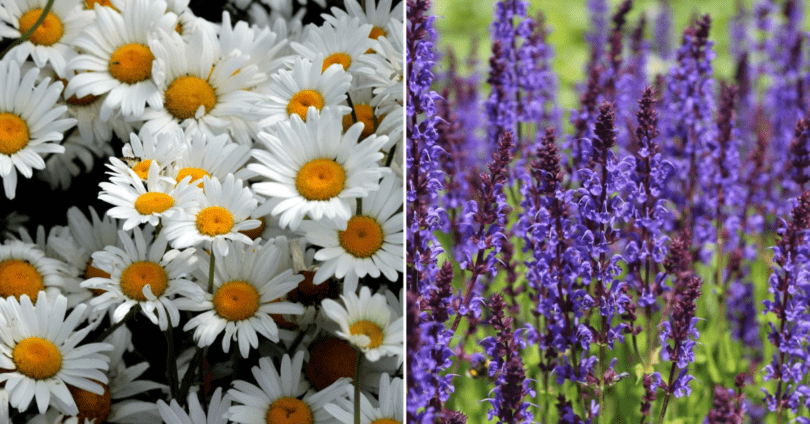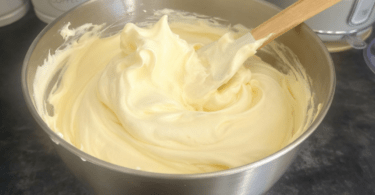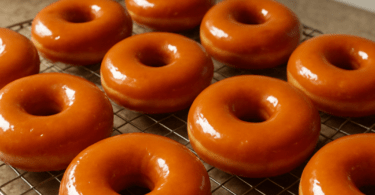A meadow holds an undeniable allure. Homeowners tired of tending to their lawns may view a sprawling tapestry of flowering plants and grasses as an ecologically friendly and low-maintenance alternative.
At first glance, it seems straightforward: uproot the yard, scatter some seeds, and be rewarded with a lush display of flowers that earns you admiration from the neighborhood, right? If executed skillfully, yes, a meadow can embody all those qualities. However, meadows are not simple to establish, and even once they take root, they demand ongoing care. Nevertheless, managing them is easier than maintaining a traditional garden, and advocates argue that the benefits of cultivating native plants that attract pollinators and provide sanctuary for local wildlife make the effort worthwhile.
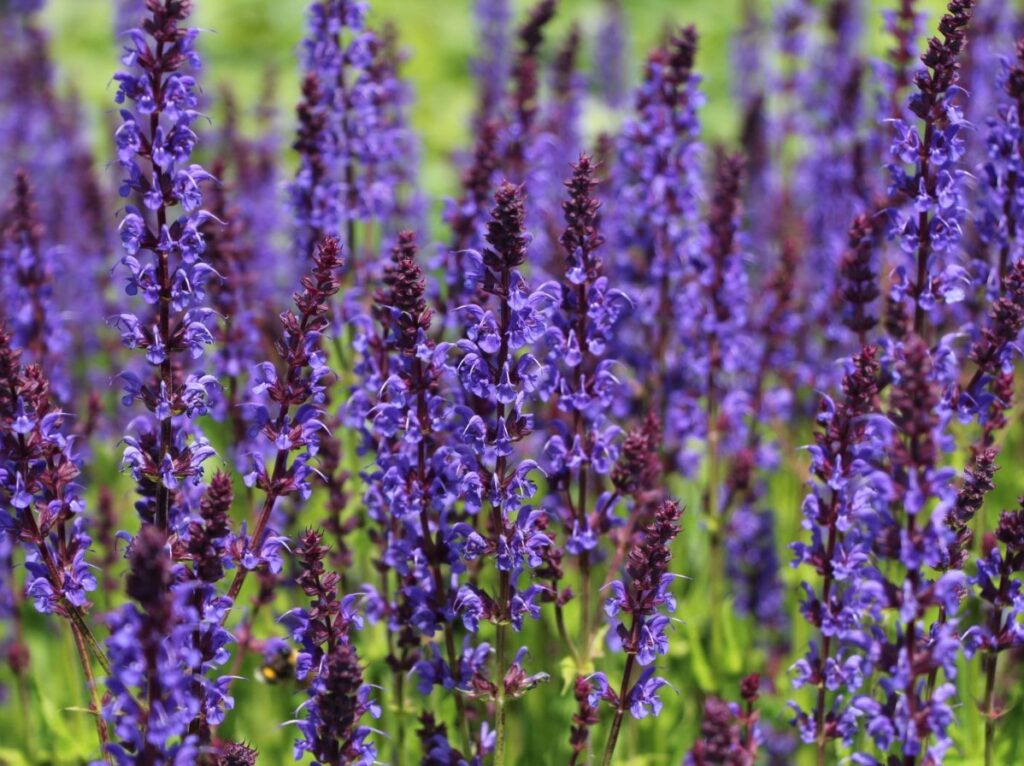
Bruce Lockhart faced a dilemma in 2010 when he sought a solution for the rocky septic field on his 87-acre property in central Massachusetts. He immediately considered a meadow. The area, measuring 100 by 100 feet, consisted mainly of “rocks, sand, and ragweed” before the meadow was introduced. Lockhart believed he had little to lose by trying, so he sought advice from garden designer Gordon Hayward, based in Vermont. Hayward compiled a list of compatible plants, incorporating certain standout performers like salvia that wove through the design.
After spending six months eradicating weeds from the site, Lockhart planted 1,600 one-gallon containers of perennials and biennials. The composition included 10 percent grasses such as prairie dropseed, purple moor grass, and switchgrass, ensuring year-round beauty. The resulting meadow was truly breathtaking for two years. Then the witch grass invaded.
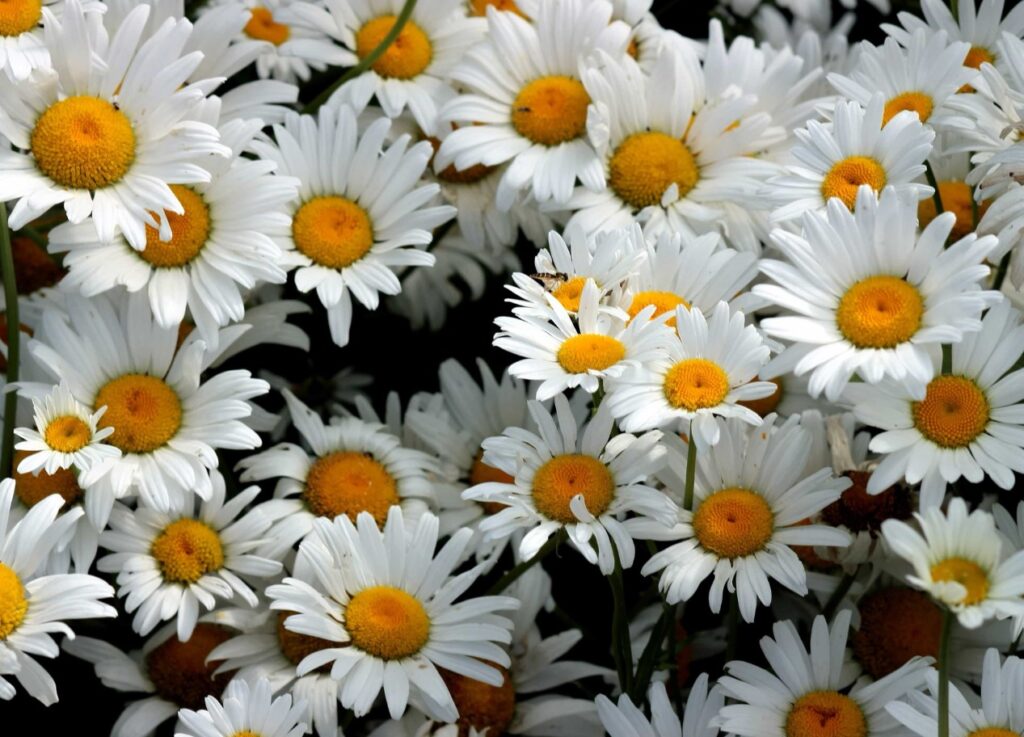
Lockhart remains committed to his meadow, although the project proved more labor-intensive than anticipated. Instead of the maintenance-free haven he had envisioned, he now dedicates time to weeding the meadow each week. Several years after installation, plants like meadow sages, yarrow, and Turkish sage disappeared from the scene. Meanwhile, survivors such as ironweed, New England aster, threadleaf bluestar, Culver’s root, and coneflower self-propagated in the bare patches, expanding their presence. The ornamental grasses thrived so well that Lockhart increased their proportion to 15 to 20 percent. Although not the original vision, he is delighted with the outcome. “I lack the energy to create the meadow of my dreams,” he admits. “I simply observe its evolution and relish in it.”
Other meadow owners have experienced similar journeys. Sheila Perrin, from Westchester County, N.Y., established almost four acres of meadow on her 14-acre property 19 years ago. The space combines natural areas with formal, classical plantings, as part of a comprehensive plan orchestrated by ecology-based landscape designer Larry Weaner. They utilized a mix of custom seeds and plug liners tailored to thrive in Perrin’s soil conditions. The resulting meadow has undergone significant changes. Perrin remarks, “Every year it’s slightly different, but that’s what makes a meadow enjoyable. There was a plan, but nature dictated its own course.”
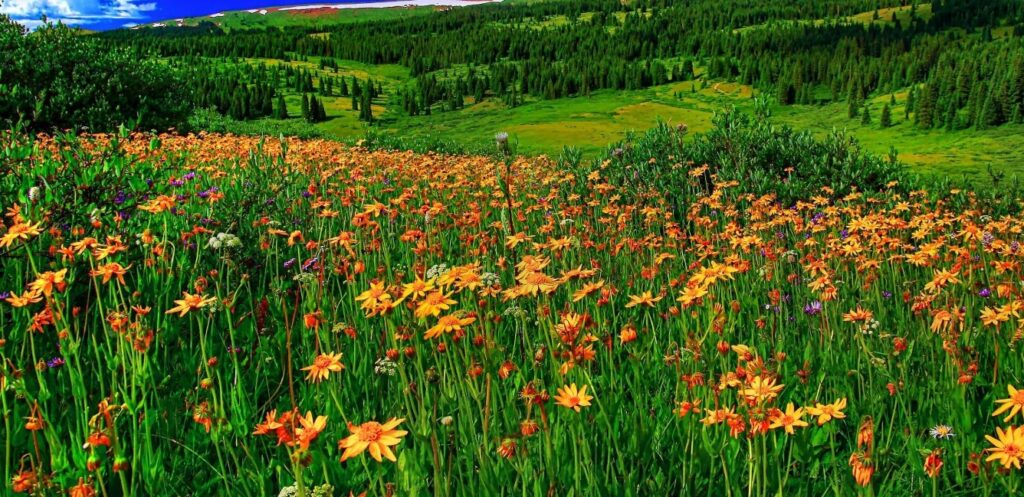
Nevertheless, it hasn’t been without challenges. Perrin cautions against the misconception that meadows require no work. She particularly battles weeds, especially Japanese stiltgrass. Despite the difficulties, her commitment to the meadow remains steadfast. In fact, she is expanding its footprint, eliminating a stretch of lawn along the driveway and replacing it with low-growing ornamental grasses. One advantage is the meadow’s resilience during droughts. Perrin has never watered the meadow, yet it continues to thrive.
Jamie Purinton, a landscape architect in upper New York, has found success in converting meadows from agricultural fields where weeds were previously eradicated, as well as from lawn areas where sod can be removed, and newly disturbed land on home construction sites.
She prepares the beds and seeds them with a commercial native wildflower and grass mix. For a more curated result, she adds small plug liners of native plants. Some of her favorites include beebalm, coneflower, butterfly weed, foxglove beardtongue, black-eyed Susans, and love grass. Purinton emphasizes that meadows require maintenance but are less demanding than traditional flower beds.
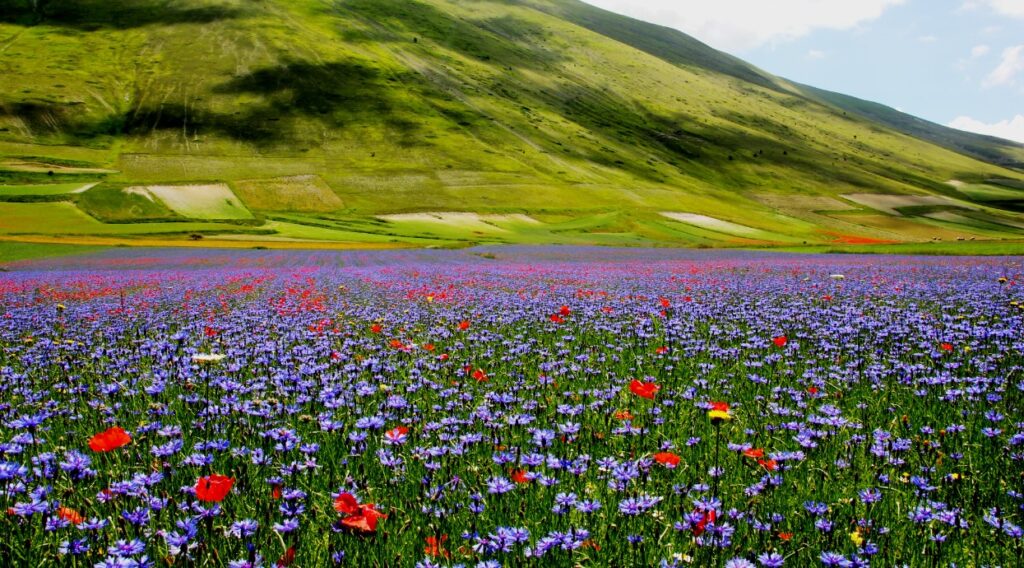
Weaner shares the sentiment. He explains, “In a typical herbaceous garden, each plant has its own space. In a meadow, plants are spatially intermingled.” This closely woven structure creates a tapestry effect and can help reduce weed growth, although not entirely eliminate it.
Apart from weed removal, meadows need periodic mowing. However, the attention required is far less than that demanded by lawns. Most mature meadows are mowed at least once a year to prevent shrubs and trees from encroaching and transforming the landscape into a thicket or eventually a forest. The mowing schedule depends on the soil conditions. On my own seven-acre property in Connecticut, I have an acre of meadow that was established before I acquired the land 27 years ago. Ideally, I would mow in spring, but the site becomes too muddy from the seasonal snowmelt. Instead, I mow in early winter, prior to the first snowfall. Recently, monitoring invasive plants has become more challenging due to the abundance of floating weed seeds.
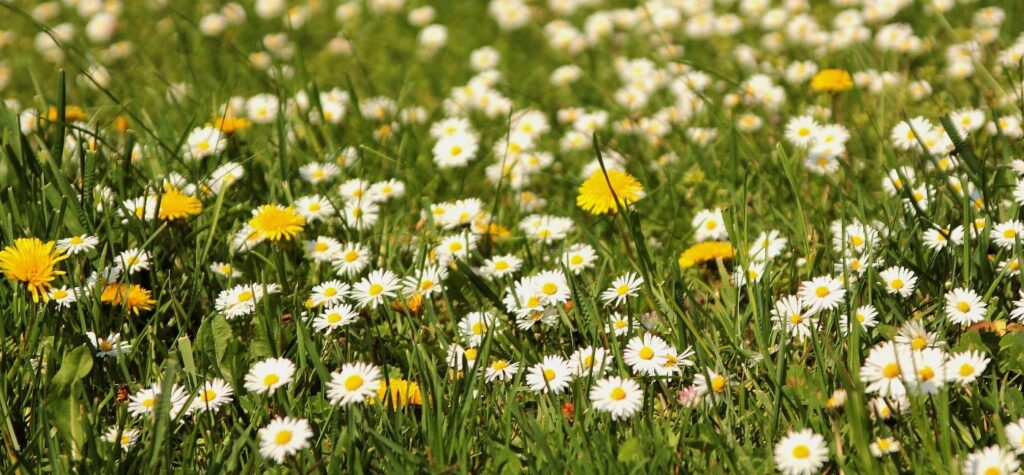
Nevertheless, the meadow remains one of the least demanding “gardens” on my property, and I wouldn’t trade it for anything. Like most meadow stewards, I am captivated from the first appearance of golden alexanders in spring to the last goldenrods and Joe Pye weeds in autumn. I have a front-row seat to all the happenings: a hawk swooping down for prey, goldfinches foraging for seeds among the taller flower heads, the wind causing waves of motion as the plants sway and dance, and fireflies illuminating the meadow on steamy summer nights. And for one morning each week, when I pull the weeds, I am more than a mere observer; I become part of the living fabric.



